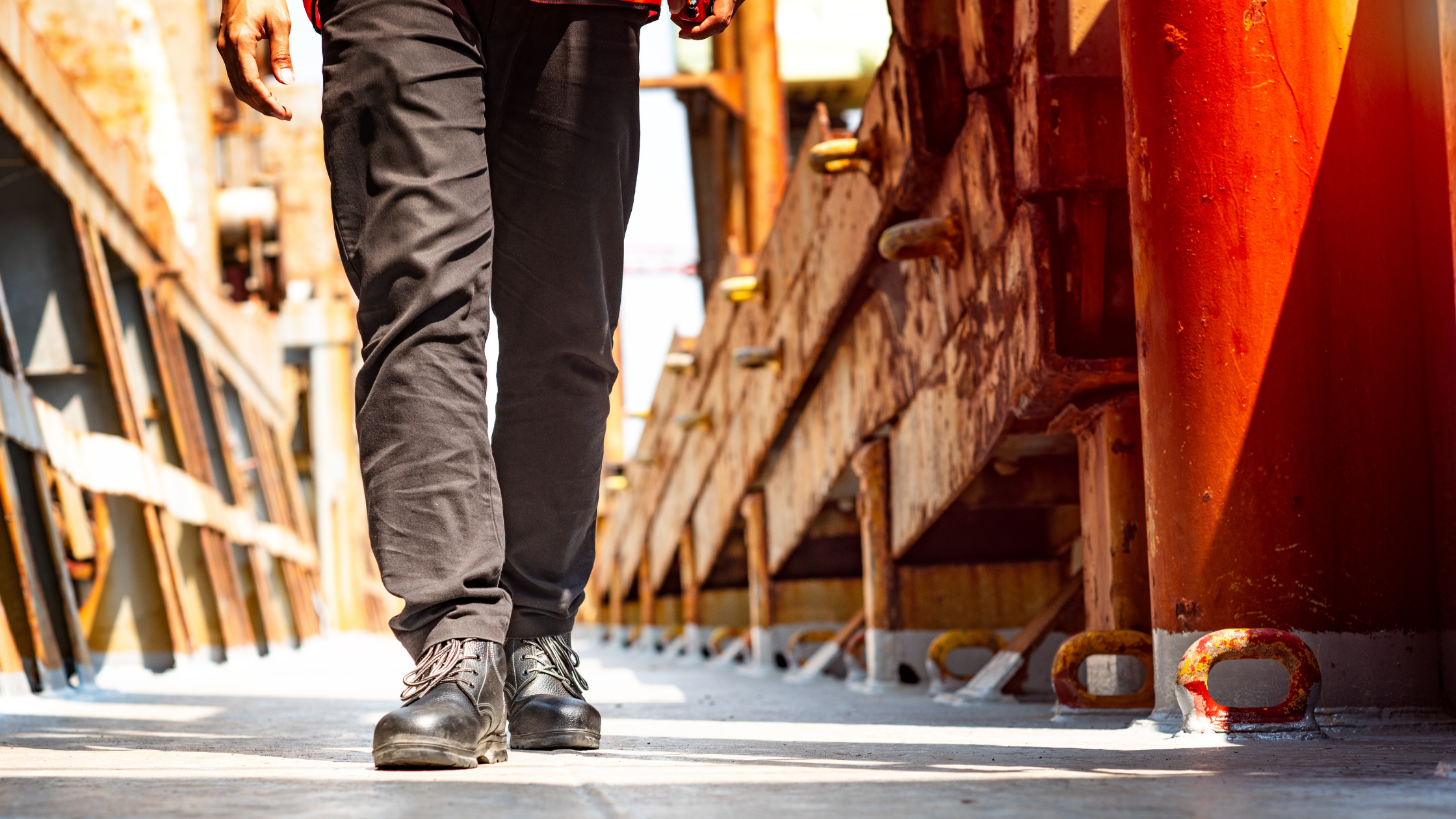These boots are made for walking – safely, that is!
When you think of an industrial workplace, a construction site, or any other workplace where heavy machinery and frequent hazards are the names of the game, sturdy boots are probably the first thing that comes to mind. That’s because heavy boots are more than a fashion statement–in workplaces like these, they’re essential to your ability to work.
But what if employees will not wear safety boots at work? What can employers do? Here’s a look at why you need safety boots–and what your options are if employees refuse to step up.
Why Safety Boots are Critical
In high-risk workplaces where heavy machinery, tools, and falling objects abound, safety boots are essential to a safe work environment.
These aren’t just your average work boots. These are boots designed to protect you against a variety of hazards the job might throw your way, including:
- Flying objects
- Falling objects
- Debris
- Punctures
- Cutting hazards
- Electrical hazards
- Crushing hazards
- Slips
- Trips
- Falls
- Sprained ankles
- Burns
- Extreme weather
- Fatigue
For example, look at the construction of the classic work boot. Most work boots cover your ankle and have laces going all the way up. That’s not an aesthetic choice–this allows the boot to stabilize your ankle so that you don’t twist it when working.
For construction workers and heavy machinery workers, steel-toed boots are an everyday feature of work life. That’s because steel-toed boots are designed to protect your feet against crushing hazards (to a certain extent, at least). That way, the most fragile part of your foot (your toes) are protected against falling objects, tools, or machinery.
What if Employees Will Not Wear Safety Boots at Work?
If employees will not wear safety boots at work, you’ve got a problem on your hands.
Studies have shown time and again that safety footwear improves worker outcomes. Plus, under the OSH Act, you’re legally required to provide a safe work environment for your employees, which includes making sure they have the equipment they need to perform their jobs safely.
And if employees refuse to wear protective gear, you need to address the problem.
First, figure out why employees won’t wear their protective footwear. In many cases, the issue is that the footwear is uncomfortable or doesn’t fit correctly. In those cases, you need to work with the employee to find PPE that is workable while emphasizing that this is a legal requirement of completing their job.
If an employee refuses their boots because they know what they’re doing and have done this a thousand times, refer to the same mantra: this is a legal requirement of doing your job.
If an employee cites medical reasons for refusing footwear, as in the case of Brian Farmiloe, a warehouse worker for Lane Group, take Lane Group’s cue. The company tried to find footwear that worked for Brian, and when that didn’t work, they tried to find a different position that would not require him to wear protective footwear. Once they could not find one, they had to let him go, but at that point, they were legally justified in doing so because he could not wear the safety footwear he needed to do his job.
The Tools You Need for a Safer Workplace
What if employees will not wear safety boots at work? The good news is, you have options.
Our safety management software helps you figure out those options by laying out your safety data in one easy-to-use dashboard. So if you’re ready to build a safer workday, get in touch today to learn more about how our software can help.
